With its decadent architecture, many extraordinary remains of the Roman Empire, a dramatic and often turbulent history, and stunning natural scenery, it’s really no wonder that artists, poets, philosophers and writers have turned to Italy for centuries to inspire and create. Widely recognised as the birthplace of the Renaissance, as well the Baroque and Neoclassicism, Italy has been uniquely central to the development of Western art throughout history.
Home to 55 World Heritage Sites – the largest number of any country in the world – Italy remains at the centre of the international art scene to this day. With thousands of people visiting Italy to see some of the most famous artworks and galleries in the world, we all know that Italy is home to a lot of incredible works of art! .
With so much to choose from, I spoke to our painting teachers to put together our definitive list of the top 10 masterpieces of Italian art.
1. Vitruvian Man by Leonardo da Vinci (c. 1490)
Leonardo di ser Piero da Vinci, known as Leonardo da Vinci, was a polymath of the Renaissance era – known for his inventions, drawing, painting, anatomy, astronomy and much more! He is widely considered as one of the greatest painters of all time, as well as the father of paleontology.
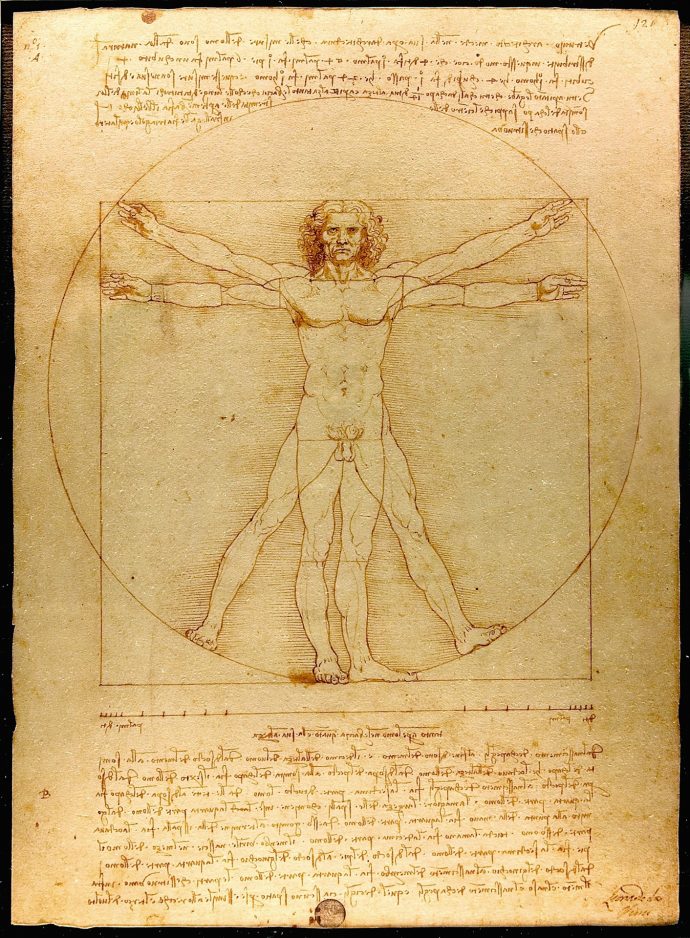
The Vitruvian Man was drawn in the late 15th century and is actually a scientific sketch based on the work of a Roman architect, Vitruvius. The piece was intended by da Vinci to explore human proportion and the notion of perfect symmetry. The drawing is significant as both a work of art and a mathematical diagram, showing us da Vinci’s belief that everything is connected to everything else – art, architecture, and human anatomy are combined in this piece as the example of this.
Teacher’s comment:
Leonardo da Vinci has to be my all time favourite, for paintings, drawings, and sculptures, and inventions. Leonardo da Vinci is so important to art – he was the first person to understand the spine, muscles and bones in the body, his drawings are beautiful. He drew well, because he understood the skeleton. You can see this in his Vitruvian Man, as well as Man in Red Chalk (c. 1512) and Woman’s Head (c. 1473) We won’t think about his DIY autopsies that got him the thorough understanding of the human form though! Today, we use those little wooden jointed figures for this instead. The ‘David’ sculpture, Mona Lisa painting – all legacies of his flexible skills.
» Vitruvian Man can be found in Gallerie dell’Accademia, Venice, Italy «
2. Alice by Amedeo Modigliani (c. 1918)
Amedeo Modigliani was an Italian-Jewish painter and sculptor, best known for his portraits and nudes. Modigliani’s paintings were characterised by the elongation of faces, necks and figures, creating a very modern and distinct style.
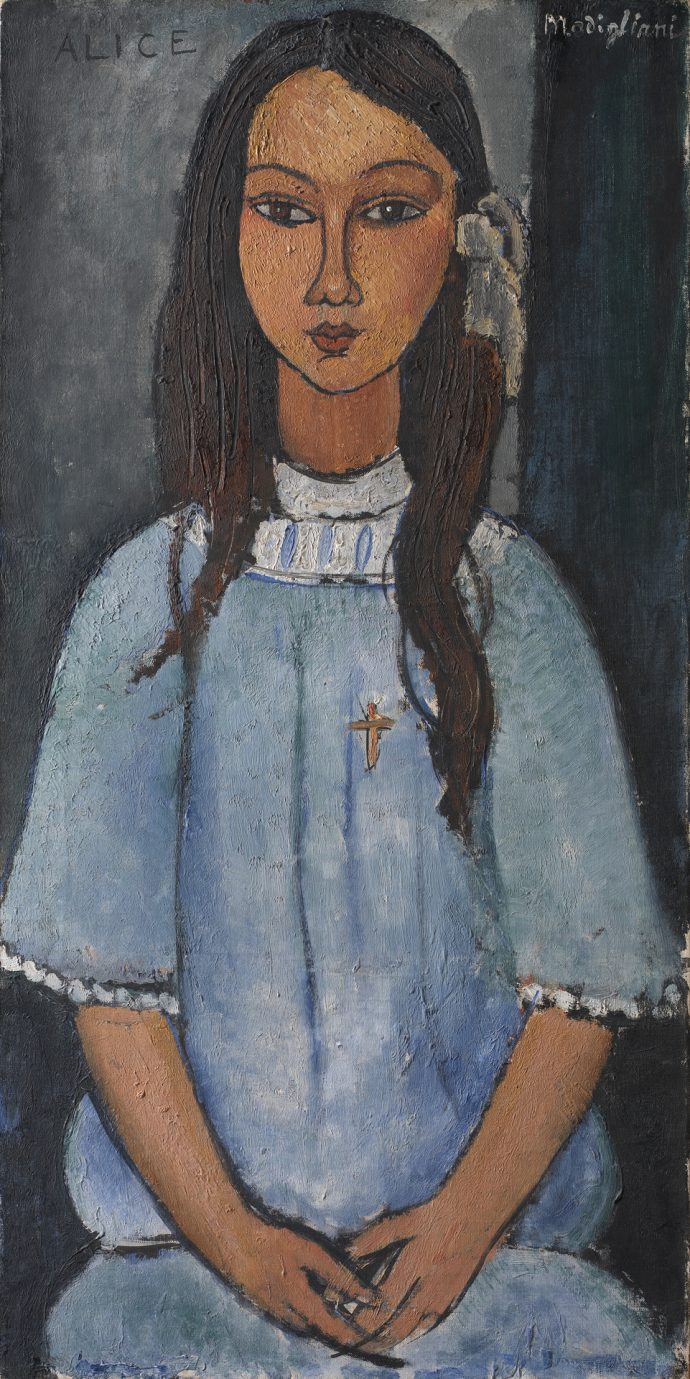
Painted in 1918, Alice is characteristic of Modigliani’s figurative and often highly expressive style. His iconic portraits were inspired by African masks and medieval art, as can be seen with the elongated and narrow shapes used in this portrait of Alice.
Teacher’s comment:
If we’re talking modern art, I love Modigliani’s ‘Alice’. His weird elongation of study portraits make his work instantly recognisable, and haunting. He died young. I also love his Leanne Hebuterre in a Hat.
» Alice can be found in the National Gallery of Denmark, Copenhagen, Denmark «
3. Burial of St Lucy by Caravaggio (c. 1608)
Michelangelo da Caravaggio was an Italian painter during the early seventeenth century. He worked in Rome for the majority of his life, and is best known for his realism and portrayal of the human state – both emotional and physical – through his use of lighting and contrast.
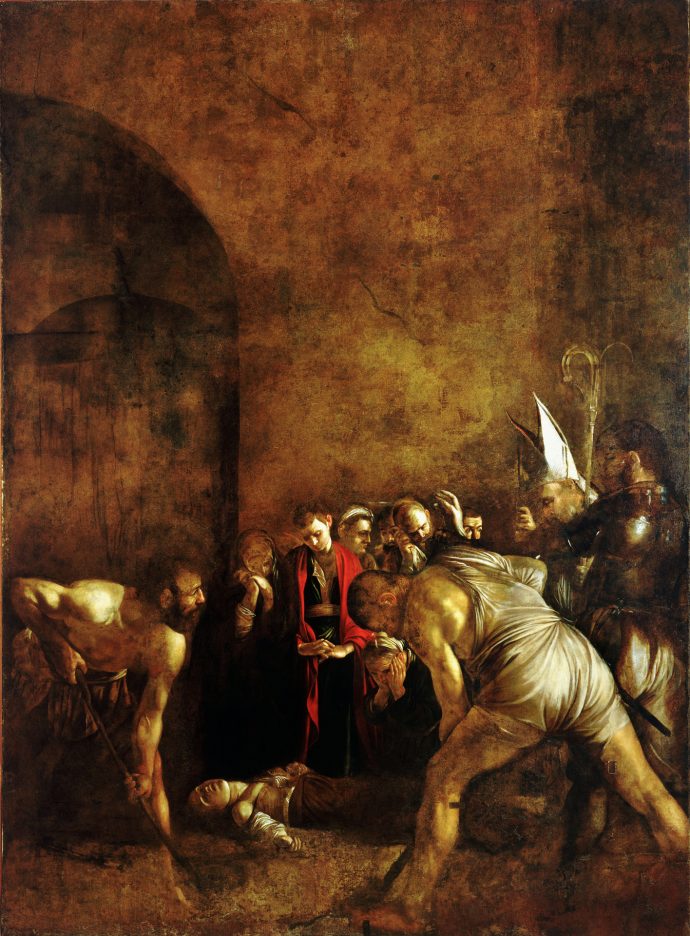
Caravaggio’s The Burial of St. Lucy is the altarpiece in the church of Santa Lucia alla Badia located on the Piazza Duomo in Syracuse, Sicily and is based on a tale from The Golden Legend – a 13th century collection of biographies of saints and church leaders. The church of Santa Lucia al Sepolcro was built on the spot where St Lucy was standing when she was killed for her Christian beliefs. Caravaggio chose this subject for his piece as St Lucy is said to be interred underneath the church and the local legend was very popular and helped him to secure the commission from local authorities.
Teacher’s comment:
Caravaggio’s ability to create atmosphere and drama through his handling of light, known as chiaroscuro – the use of strong contrasts between light and dark. Also because I have visited the church to be inspired by this painting each time I have visited Syracuse.
» The Burial of St Lucy can be found in Chiesa di Santa Lucia alla Badia, Syracuse, Italy «
4. Venus of Urbino by Titian (c. 1534)
Tiziano Vecelli, known in English simply as Titian, is considered the most important member of the sixteenth century Venetian school of painting. An incredibly versatile painter, Titian created both portraits and landscapes, as well as painting mythological and religious scenes. His painting methods exerted an influence on his contemporaries, artists of the Late Renaissance and modern Western art.
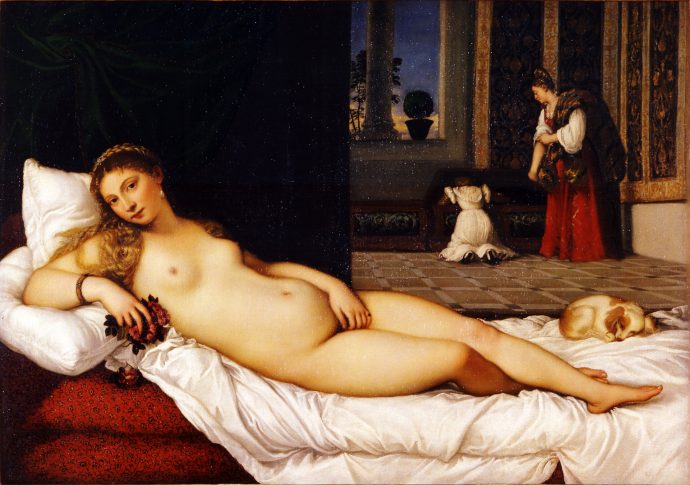
Also known as the ‘Reclining Venus’, Titian’s Venus of Urbino was painted in the 1530s and was a gift from the Duke of Urbino to his young wife. The painting is said to have hidden symbols representing eroticism, fidelity and motherhood – which are intended to teach the Duke’s young wife about marriage. Within this, Titian is also representing the perfect Renaissance woman who, similar to the goddess Venus, is a symbol of love, beauty and fertility.
Teacher’s comment:
Titian’s Venus of Urbino is a stunning life painting of a beautiful girl, gorgeous composition, with skilful handling of colour.
» Venus of Urbino can be found in the Uffizi Gallery, Florence, Italy «
5. School of Athens by Raphael (c. 1511)
Raffaello Sanzio da Urbino, known as Raphael, was a painter and architect during the High Renaissance, making up the traditional trinity of the great masters along with Da Vinci and Michelangelo. His work is most admired for its clarity and ease of composition, and is considered to be a visual achievement of Neoplatonic human grandeur.
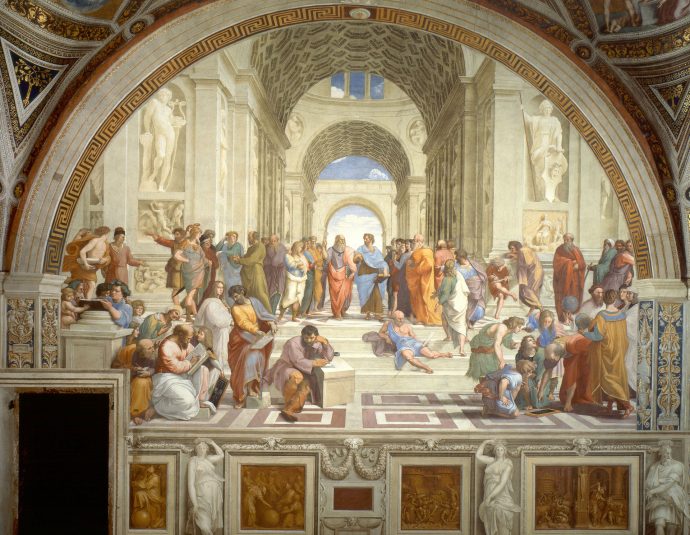
Painted between 1509 and 1511, the School of Athens forms a part of Raphael’s commission to decorate the rooms of the Apostolic Palace in the Vatican. The painting is known for the accuracy of its perspective projection, which Raphael learnt from Leonardo da Vinci. The painting is a representation of the rebirth of Ancient Greek philosophy in Europe and da Vinci actually features as the central figure of Plato. The School of Athens is thought to perfectly embody the classical spirit of the Renaissance.
Teacher’s comment:
The composition is complex with amazing attention to detail set in a very well executed and wonderfully resolved perspective. The figures are varied in their poses and Raphael creates the atmosphere of a busy space filled with the noisy hubbub of artists.
» School of Athens can be found in the Raphael Rooms, Vatican Museum, Vatican City «
6. Procession of the Magi by Benozzo Gozzoli (c. 1460)
Benozzo Gozzoli was an Italian Renaissance painter, hailing from Florence, whose work can be seen through Tuscany, Umbria and Rome. Gozzoli is considered to be one of the most prolific fresco painters of his generation, with his frescos demonstrating the new Renaissance interest in nature, realism and vivid human portraits.
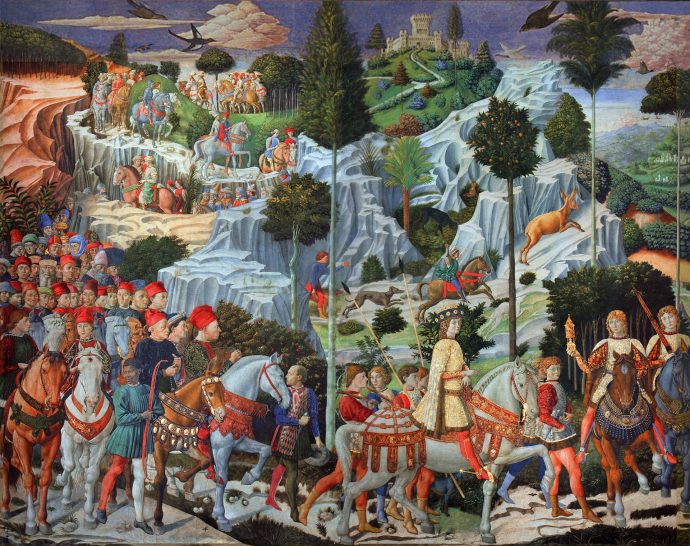
The Procession of the Magi is found in the Medici-Riccardi Palazzo in the Chapel of the Magi. Built and decorated in the 15th century, the east, south and west walls are dominated by Gozzoli’s Procession fresco. Gozzoli’s style focused on the narrative of the piece, which can be seen with this festive, vibrant procession along the walls of the chapel. These fresco paintings are more famous than the artist himself, and are one of the most notable representations of Medici Florence.
Our painting teacher Douglas Matthews says:
Benozzo Gozzoli was a renaissance artist and he painted this for the private Medici chapel in the mid 15th century. I love the narrative of the procession, the numerous portraits painted from life including a self portrait, the sumptuous colours and detail of the costumes. A treat for the eyes!
» Procession of the Magi can be found in Magi Chapel Riccardi-Medici Palace, Florence, Italy «
7. David by Michelangelo (c. 1504)
Michelangelo di Lodovico Buonarroti Simoni, known best as simply Michelangelo, was an Italian sculptor, painter, architect and poet of the High Renaissance born in the Republic of Florence, who exerted an unparalleled influence on the development of Western art.
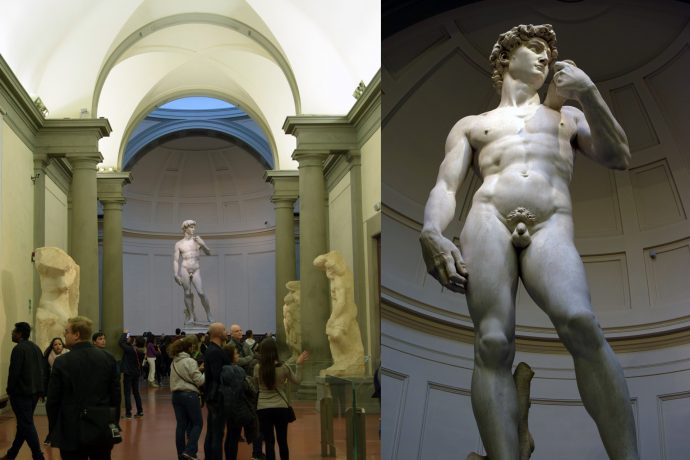
Carved in marble, David is a 17 foot sculpture of the Biblical figure, David – who succeeded against Goliath in the Books of Samuel. Originally, David was intended as only a piece in a series of sculptures based on the prophets, but was instead placed outside the Palazzo Vecchio in Florence on his own in 1504. The statue soon came to represent the defence of civil liberties in the independent city-state of Florence, especially as, at the time, his eyes were fixated towards Rome with a warning glare!
Our painting teacher Suzanne Taylor says:
It is so incredibly beautiful, from the veins on his hand which are so delicately sculpted in stone to the swirls in his luscious hair. I was once inspired to sculpt his head myself!
» David can be found in Galleria dell’Accademia, Florence, Italy «
8. The Conversion of St Paul on the way to Damascus by Caravaggio (c. 1601)
Michelangelo Merisi da Caravaggio was an Italian painter active in Rome for most of his artistic life. During the final four years of his life he moved between Naples, Malta, and Sicily until his death.
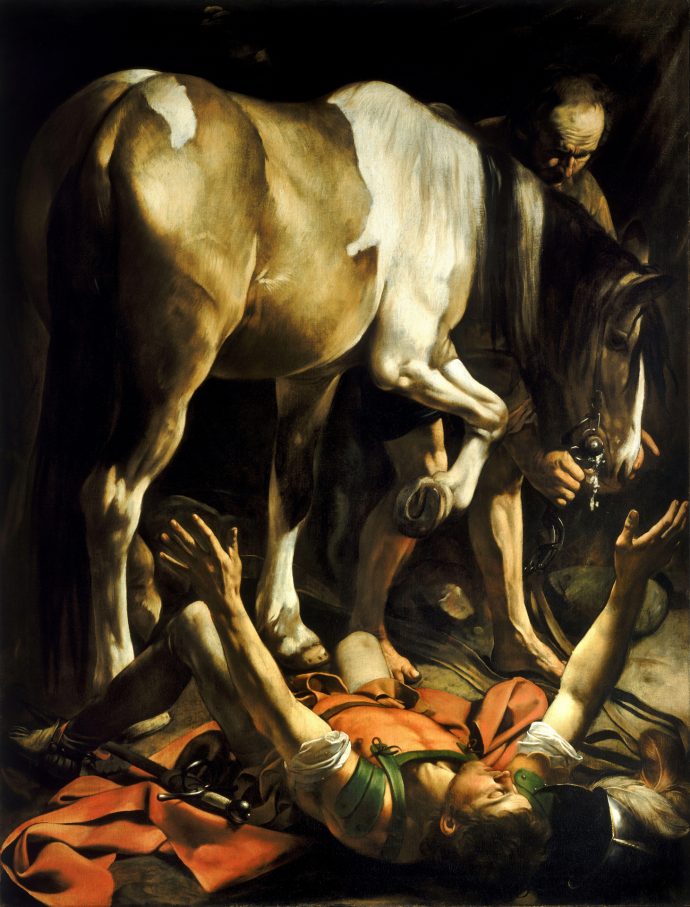
Painted in 1601 for the Cerasi Chapel in Rome, Caravaggio’s Conversion of St Paul on the Way to Damascus is based on the well-known biblical story of a Christian persecutor being converted to Christianity and becoming an apostle. The scene depicted is that of Paul seeing a blinding light and hearing the voice of Jesus, with the contrast between light and dark both representing Paul’s conversion and demonstrating Caravaggio’s skill for chiaroscuro light techniques.
Our painting teacher Suzanne Taylor says:
Stunning in person with his use of chiaroscuro light technique, which is spectacular. I also love that he often used the same models in different iconic religious depictions. But a lot of the characters are very rough & ready – very contemporary as Caravaggio was a naughty boy himself.
» The Conversion of St Paul on the way to Damascus can be found in Basilica Parrocchiale Santa Maria del Popolo, Rome, Italy «
9. Judith Slaying Holofernes by Artemisia Gentileschi (c. 1612)
Artemisia Gentileschi is an Italian Baroque painter, now considered one of the most accomplished seventeenth-century artists working in the dramatic style of Caravaggio.
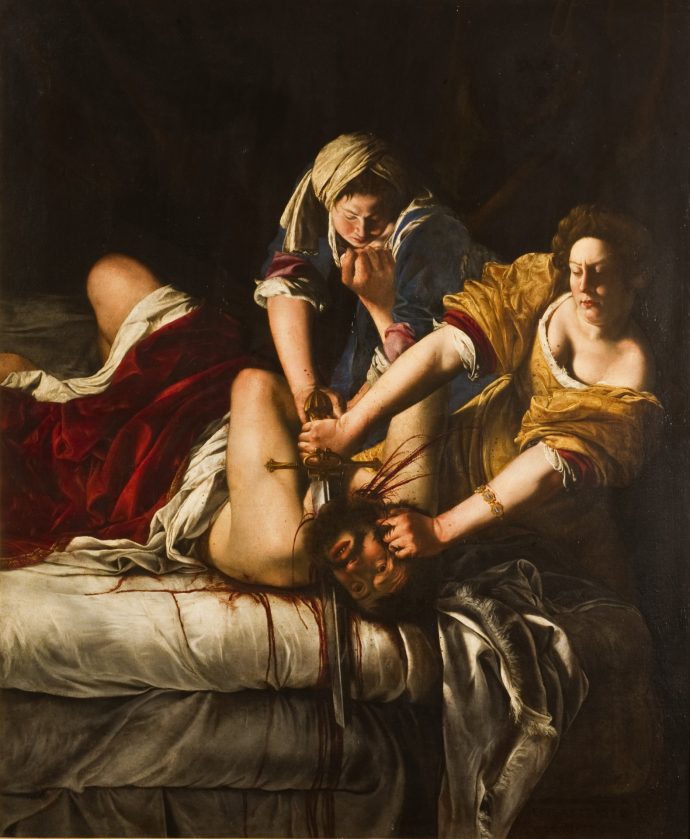
Considered to be one of Artemisia Gentileschi’s most iconic works, Judith Slaying Holofernes depicts an Old Testament story from the Book of Judith – the story focussing on the assassination of an Assyrian general by the Israelite heroine Judith and her maidservant. Today, scholars consider this to be an example of Gentileschi’s achievement of representing the strength of women, through the relentlessly physical nature of the painting.
Our painting teacher Suzanne Taylor says:
Artemisia Gentileschi was an incredible painter but very much overlooked because of her gender. I would, therefore, give my vote to Artemisia in the hope that women become more recognised & empowered by putting themselves out there. My favourite painting of hers is “Judith Beheading Holofernes”. Incredible & gruesome for its day!
» Judith Beheading Holofernes can be found in the Uffizi Gallery, Florence, Italy «
10. The Creation of Adam by Michelangelo (c. 1512)
Michelangelo, another of the trinity of the great masters, was prominent during the High Renaissance and is considered to have been the archetypal Renaissance man. The amount of his work which has survived shows that his output in the fields of painting, sculpture, and architecture was prodigious.
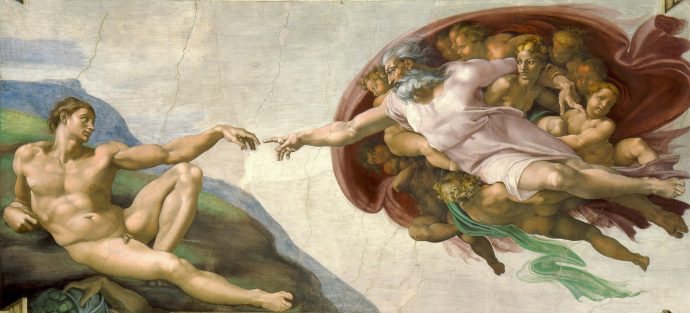
The Creation of Adam, painted on the ceiling of the Sistine Chapel, illustrates the creation narrative from the Book of Genesis – with God giving life to Adam, the first man. This image is now considered iconic of humanity, and has been reproduced so many times that it is one of the most replicated religious images of all time.
Our painting teacher Mark Holden says:
This painting to me tells the story of God making Man in his image and bringing him to life – all that Adam can do is hold out his hand and let God do the work. Interesting, also in the painting is the representation of Eve behind God as the ultimate part of the Creation story. Capturing the essence of this was the longing of Michelangelo – and he must have thought carefully about the depiction of the characters. It communicates – by telling the narrative, capturing the moment, but he freeze frames the moment of the actually touching of the fingertips. This creates the drama and power in the painting. It is an especially amazing piece of art as it is on the ceiling of the Sistine Chapel. It is one of the paintings I look forward to seeing for real one day as I have not seen it as yet, only by appreciating it on-line and in books.
» The Creation of Adam can be found in the Sistine Chapel, Vatican City «




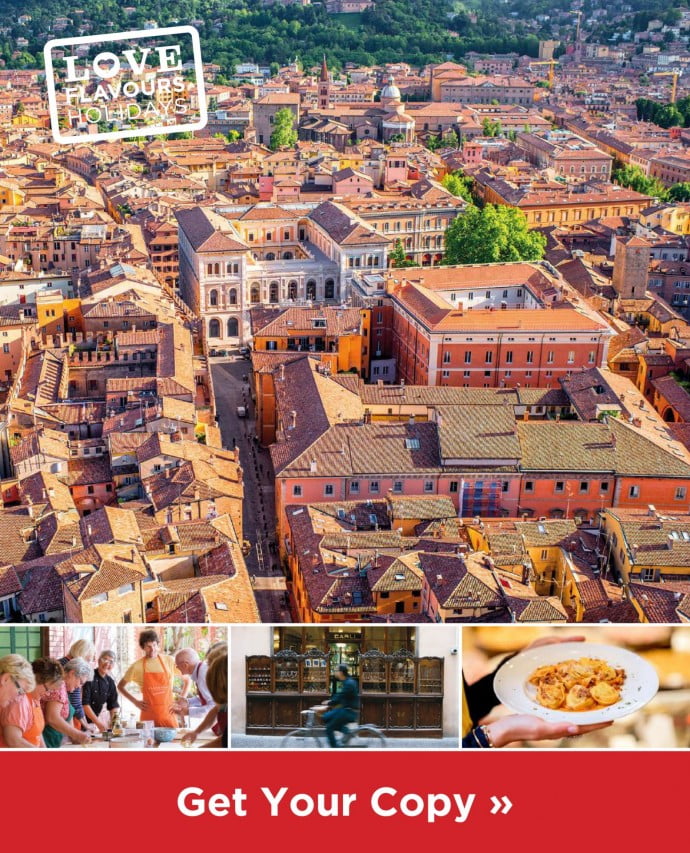



Wonderfully great!